In a thrilling revelation, archaeologists have unearthed one of Australia’s most intact fossils, providing a rare and detailed glimpse into the prehistoric marine life that once thrived in the Eromanga Sea.
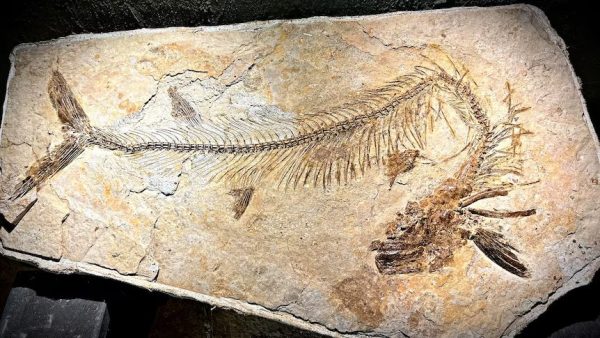
Discovered near the Kronosaurus Korner museum in Richmond, Queensland, this exceptional find sheds light on the mysterious Cooyoo australis, a fearsome predator that patrolled the ancient waters over 100 million years ago.
Believed to be one of the largest carnivores of its time, the Cooyoo australis was an imposing figure in the lower Cretaceous period. Sporting a robust body, distinctive bull-dog head, and a menacing underbite lined with conical teeth, this marine creature navigated the Eromanga Sea with agility, relying on its powerful fins and forked tail for swift movements.
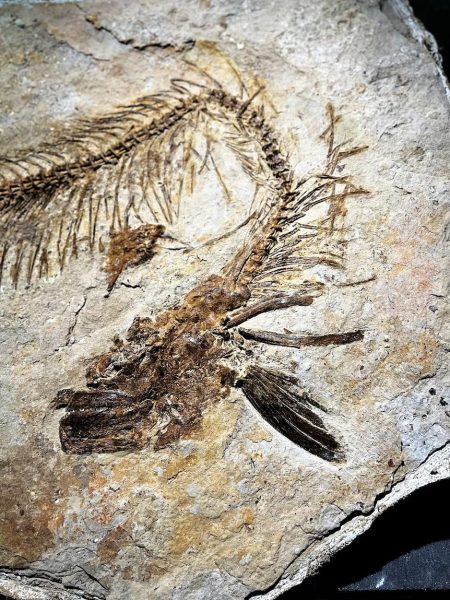
The remarkable fossil, measuring 1.6 meters, was stumbled upon by a Northern Territory couple engaged in fossil hunting near the Kronosaurus Korner museum.
What makes this discovery truly exceptional is not just the size and completeness of the specimen but the unprecedented clarity that allows scientists to discern intricate details of its anatomy, including the entire ribcage, vertebrae, and a well-preserved head with formidable jaws.
One of the most intriguing aspects of this discovery is the unique glimpse into the Cooyoo australis’s last meal. Thanks to the high-quality preservation of the fossil, experts were able to examine the contents of the predator’s stomach. Astonishingly, the examination revealed the remains of a smaller fish, providing valuable insights into the dietary habits of this ancient sea creature.
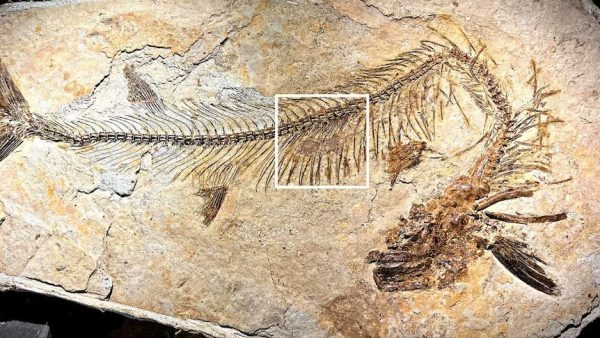
The Eromanga Sea, where the Cooyoo australis once roamed, posed significant challenges to fossil preservation. With tidal movements and the presence of other carnivores, the chances of finding an intact specimen were exceptionally low. However, the rarity of this discovery underscores the importance of the unique conditions that led to the preservation of this remarkable fossil.
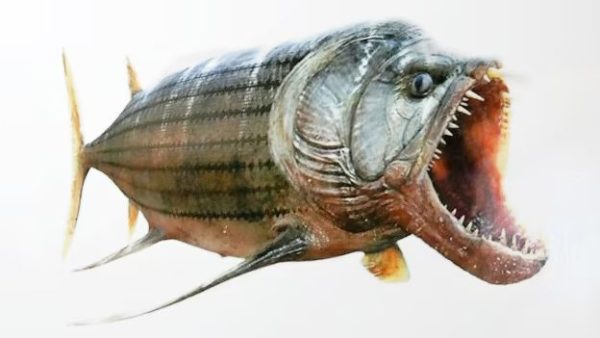
Australia has been a treasure trove for Cooyoo australis fossils, with previous discoveries contributing to our understanding of this prehistoric predator. Notably, the 2.5-meter-long fossil nicknamed “Wandah,” discovered in 2011, is currently on display at Kronosaurus Korner, offering visitors a glimpse into the ancient marine ecosystem.
The unveiling of Australia’s most intact Cooyoo australis fossil marks a significant milestone in paleontological research. This extraordinary find not only enriches our knowledge of prehistoric marine life but also provides a captivating narrative of the Eromanga Sea’s ancient inhabitants.
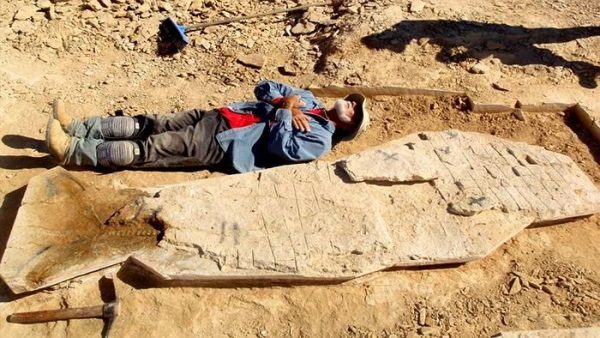
As scientists continue to study and analyze this fossil, it promises to unlock further secrets of Australia’s distant past, allowing us to connect with the awe-inspiring world that existed millions of years ago.